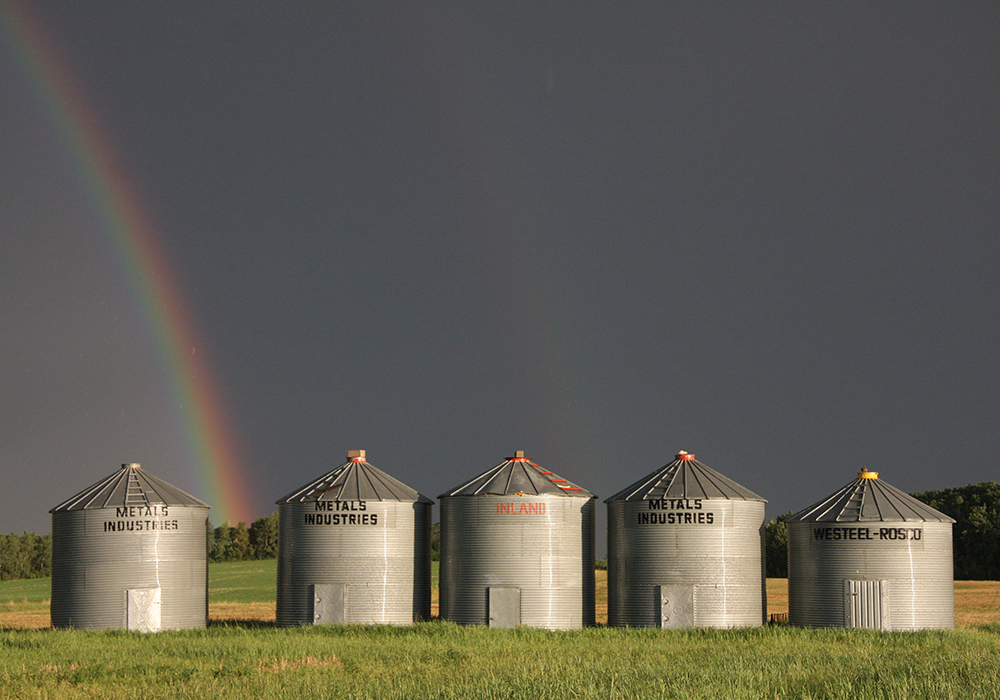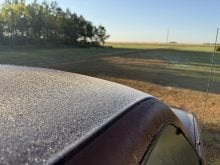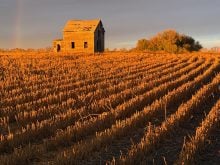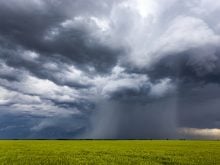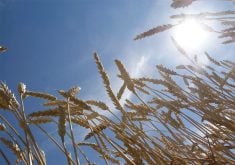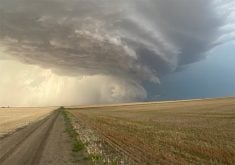Someone special asked if I could talk about rainbows and other optical weather-related phenomena, which are some of the most captivating displays in nature.
These events are created by the interaction of sunlight with water droplets, ice crystals and atmospheric particles.
Of all the different atmospheric optical phenomena, rainbows are perhaps the most well-known. They are created when sunlight interacts with raindrops in the atmosphere.
To see a rainbow, you need sunlight coming from behind you and a low sun angle, ideally about 42 degrees. This is why most rainbows are seen in the morning, late afternoon or evening.
Read Also

Using artificial intelligence in agriculture starts with the right data
Good data is critical as the agriculture sector increasingly adopts new AI technology to drive efficiency, sustainability and trust across all levels of the value chain.
When sunlight enters a raindrop, it slows and bends as it passes from the air into the denser water droplet. This is called refraction. As the light continues to travel through the raindrop, it is spread into its individual colours. This occurs because different colours of light bend by varying amounts due to their differing wavelengths.
The dispersed light undergoes internal reflection inside the raindrop, bouncing off the inner surface. After the internal reflection, light exits the raindrop, bending once more as it transitions into less dense air.
The result of this intricate process is separation of sunlight, forming a circular arc of different colours ranging from red on the outer edge to violet on the inner edge — the classic rainbow.
It probably sounds more complicated than you thought.
While the classic rainbow is the most common, other types can occur under specific conditions. My favourite is the double rainbow, which consists of two concentric arcs: the primary rainbow on the outside and secondary rainbow on the inside.
It forms due to two internal reflections inside the raindrop. During the second internal reflection, the light exits the raindrop at a steeper angle, resulting in a more widely spaced set of colours. As a result, the secondary rainbow appears as a fainter, wider arc with its colours reversed compared to the primary rainbow.
The next type is a supernumerary rainbow, a close relative of the double. Supernumerary rainbows are faint, closely spaced and pastel-coloured arcs that sometimes appear on the inner edge of the primary rainbow. They result from the interference of light waves as they interact within thin layers of water droplets in a rain shower.
The light waves reflect off the droplet’s inner surface, then combine as they exit the droplet. This leads to constructive and destructive interference patterns, resulting in the alternating bright and dark bands of colours that characterize supernumerary rainbows.
Next is the lunar rainbow, sometimes known as moonbows. These occur when moonlight is refracted and dispersed by raindrops. Moonbows are much dimmer than their daytime counterparts and often appear white or pale since the moon only reflects about 14 per cent of the sunlight that hits it.
Last is the fogbow. These are like rainbows formed by diffraction of light through tiny water droplets in fog or mist. They lack the vibrant colours of regular rainbows and often appear as white or grayish arcs.
As we head toward winter, we lose the rainbow but gain four different atmospheric phenomena as water droplets turn into ice crystals:
- Halos — Luminous rings or arcs that encircle the sun or moon.
- Sun dogs — The bright spots we sometimes see on either side of the sun.
- Sun pillars — Vertical columns of light that extend above or below the sun.
- Light pillars — They mainly occur around artificial light sources but can also show up around natural light sources, when ice crystals reflect the light vertically.
Daniel Bezte is a teacher by profession with a BA in geography, specializing in climatology, from the University of Winnipeg. He operates a computerized weather station near Birds Hill Park, Man. Contact him at dmgbezte@gmail.com.


